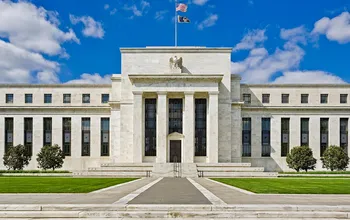Baseball and Camels Unite Cultures in Middle Eastern Diplomatic Efforts
Barry Larkin, a Cincinnati Reds Hall of Famer, is drawing attention in the Middle East with a unique campaign to introduce baseball to the area—featuring camels transporting relief pitchers from the bullpen. This initiative, which is part of a larger cultural exchange effort,
This endeavor, which fuses humor with athletics, has captured interest due to its originality. Camels, long a symbol of the region’s culture, now play a role in the games by carrying pitchers between the bullpen and the field during exhibition matches.

The launch of this project comes as the world’s interest in the Middle East’s economic and tech progress continues to grow. For example,
The G7 foreign ministers’ summit in Canada, which
The project has encountered practical hurdles, such as modifying standard baseball rules for desert play and preparing camels for their new responsibilities. Still, organizers have welcomed these challenges. “The camels have been trained to stop exactly at the dugout,” said Ahmed Al-Farsi, a local event organizer. “It’s quite a show, and that’s intentional.”
Reactions from locals have varied. Some see the project as a fun way to connect with global culture, while others are skeptical about its feasibility. “Baseball is a complex sport,” said Fatima Al-Maskati, who lives in Dubai. “But the camels are a clever addition.”
Larkin’s initiative is part of a larger movement to grow baseball’s presence worldwide. The sport has made modest inroads in the Middle East, with countries like Saudi Arabia and the UAE investing in sports facilities as part of their broader economic reforms.
As for the camels, they’ve become an unexpected emblem of the project’s achievements. “They’re more than just animals—they’re cultural ambassadors,” Larkin commented. “If this helps even one person make a new connection, it’s all worthwhile.”
---
Disclaimer: The content of this article solely reflects the author's opinion and does not represent the platform in any capacity. This article is not intended to serve as a reference for making investment decisions.
You may also like
The tech 'bubble', Fed rate cut expectations and the week ahead

Tether’s Robotics Initiative: Stablecoin Leader Develops Technological Foundation for Digital Autonomy
- Tether plans to invest €1 billion in Neura Robotics, valuing the German firm at €8-10 billion to expand into AI and robotics. - The deal aligns with Tether's strategy to build digital infrastructure and diversify beyond stablecoins, leveraging its $135B Treasury reserves. - Neura aims to produce 5 million humanoid robots by 2030, competing with Tesla's Optimus while facing supply-chain and technical challenges. - Tether's CEO emphasizes infrastructure across AI, energy, and finance, reflecting a broader

Dogecoin Latest Updates: DOGE Faces Uncertainty as ETF Decision Approaches
- Dogecoin (DOGE) rebounded above $0.1800 after testing support, with 96% higher-than-average volume signaling whale accumulation and speculative buying. - Technical analysis highlights a "broadening wedge" pattern, with spring actions in 2024-2025 suggesting potential for a $0.1860–$0.1880 breakout if resistance holds. - Upcoming Bitwise spot DOGE ETF approval under Section 8(a) has intensified speculation, while Ethereum's $3,600 rebound indirectly boosts altcoin sentiment. - DOGE's $0.1800 support remai

Bitcoin News Update: Institutions Favor Equities Over Bitcoin, Highlighting the Cryptocurrency's High-Volatility Vulnerability
- Wintermute analysis reveals Bitcoin's heightened correlation with the NASDAQ-100 during downturns, showing negative skew as institutional funds shift to equities. - Bitcoin's 18% decline vs. NASDAQ's 3.7% gain since Fed rate cuts highlights "high-beta tail" behavior, with ETF outflows and weak derivatives markets exacerbating weakness. - Anchorage Digital partners with BOB to offer $250M in Bitcoin DeFi yields, while RockToken introduces structured crypto investment plans targeting retail and retirement
